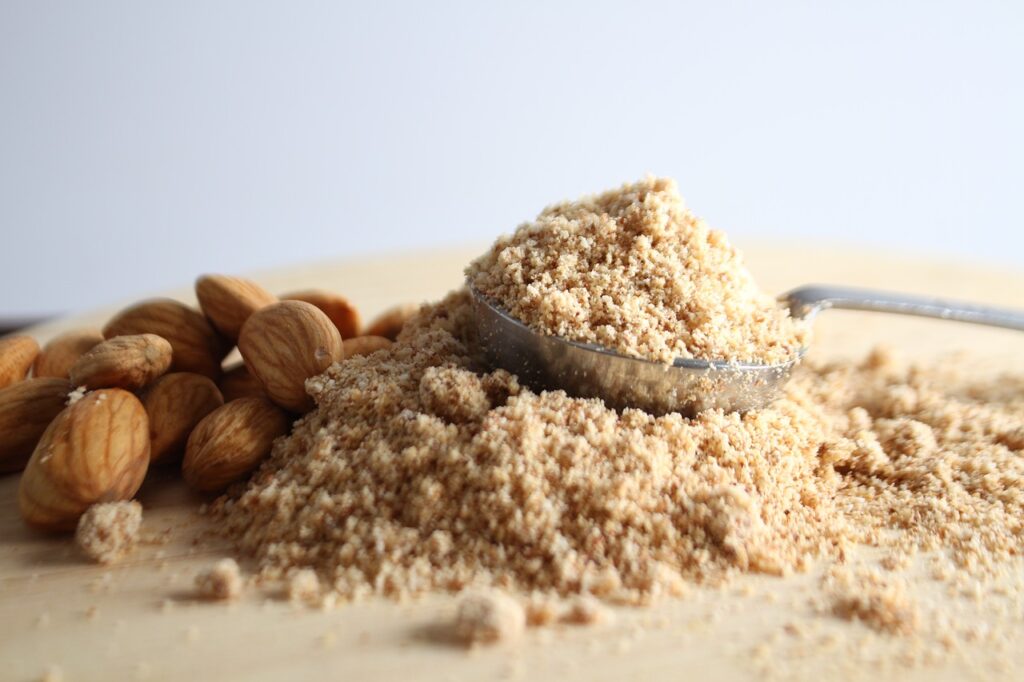For many gluten-free, grain-free cooks, cassava flour is a staple of their kitchen. However, if you don’t have it on hand, here are a few ideas for substitutes that you could use.
Cassava flour is made out of the root of the cassava plant, which is sometimes called yuca or manioc. The root, which is similar to other tubers such as taro and yams, is peeled, dried, then ground up to form flour. This was a staple of Mayan cuisine before spreading across what is now Latin America, then to the rest of the world.
Cassava flour is an excellent substitute in gluten-free baking because it is high in carbohydrates and has a similar taste and structure to wheat flour. However, it can be hard to source depending on where you live. Should you be unable to get your hands on cassava flour, here are some substitutes you can use instead.
1. Tapioca Starch
Tapioca starch is similar to cassava flour because they are both extracted from the same plant. However, the production process is different. Tapioca starch (which is very similar to tapioca flour) is just made from grinding up the starchy part of the plant while cassava flour is made from the whole root.
Tapioca starch is similar in flavor and texture to cassava flour, so it will not alter the taste and structure of your dish. However, cassava flour has a higher fiber content which helps it thicken batters and sauces. If you are substituting with tapioca starch, just add a little more starch than you would cassava flour to balance this out.
2. Arrowroot
Arrowroot is another starchy powder derived from root vegetables. It can be made from the starches of West Indian arrowroot, pia, kudzu, or even cassava plants. It has been a popular ingredient in baking in the Western world since the Victorian era.
Arrowroot is a gluten-free starch that replaces cassava flour best as a thickener for sauces or other recipes. However, it does not have enough structural integrity to replace cassava flour in baking unless you mix it with other flours. You should also be careful not to mix arrowroot with dairy as it creates an unpleasant slimy mixture.
3. Almond Flour

Almond flour is blanched almonds ground up into a fine powder. First, the manufacturer removes the almond skins and then grinds them into flour. Almond flour was a staple of Middle Eastern and Italian desserts before becoming a popular gluten-free baking substitute.
You can substitute almond flour for cassava flour in baking because they have similar textures. Almond flour is robust enough to help baked goods maintain their structure. The replacement is also very easy as you can use the same amounts. In some ways, almond flour is even better because it has a lower carbohydrate content.
However, almond flour has a faintly sweet taste while cassava flour is completely neutral, so you may want to avoid it for savory recipes.
4. Potato Flour
Potato starch or potato flour, is another thickener that can replace cassava flour, just like arrowroot. Like cassava flour, potato starch is derived from tubers, and potatoes and cassava share many similarities. To make potato starch, you crush raw potatoes to extract the starch, then dry it until it forms a fine powder.
Potato starch can replace cassava flour when it is used as a thickener. It can help improve the consistency of soups, stews, curries, or creamy sauces. Like cassava flour, it has a neutral flavor that will not overpower your dish. However, potato starch lacks the structural integrity and fiber that cassava flour has, so it is not a worthy replacement in baking.
5. Garbanzo Flour
Garbanzo flour or chickpea flour is one of the less common gluten-free flour alternatives on the market, but that does not make it any less valuable. Garbanzo flour is made out of dried, ground-up garbanzo beans or chickpeas.
Garbanzo flour is robust but has a neutral taste, so it can be used in place of cassava flour when baking bread, cakes, or other baked goods. Like cassava flour, it is high in fiber so you will be getting similar health benefits. However, it has a coarser texture than cassava flour, which can affect the final texture of your recipe.
